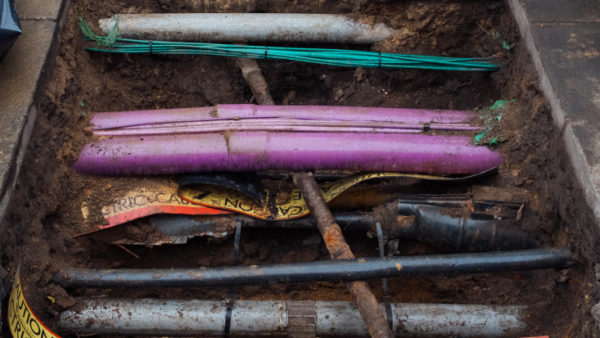A University of Bristol-led team that includes EDF is developing digital twin technology to monitor the condition of components of nuclear power plants.
The five-year project, called Synergistic utilisation of informatics and data centric integrity engineering (SINDRI), will enable the team to develop an overarching digital framework that encompasses a suite of models that simulate the behaviour of materials from their entry into service through to their end of life. The framework will be incorporated into EDF’s federated simulation ecosystem of multi-physics digital twins, replacing current manual processes.
EDF is the operator of the UK’s fleet of nuclear power stations, is currently building a new plant at Hinkley Point C in Somerset (pictured above), and in negotiations with the government to build another in Sizewell, Suffolk.
As well as EDF and the University of Bristol, the SINDRI team includes the University of Manchester, Imperial College London and the Science and Technology Facilities Council and has total funding of £7.6m from UK Research & Innovation, EDF and other project stakeholders Jacobs, National Nuclear Laboratory, United Kingdom Atomic Energy Authority, Henry Royce Institute, and the Nuclear Advanced Manufacturing Research Centre.
Dr Ionel Nistor, head of nuclear R&D at EDF, added: “We are enthusiastic to start working on this project which brings together academic expertise with industrial knowledge and experience to pioneer innovations in nuclear that will support our Net Zero ambitions. SINDRI will develop essential tools for the nuclear digital twins in the structural integrity area helping EDF, the UK nuclear sector and other industries to reduce costs and ensure the highest safety standards when designing, building and operating strategic industrial assets.”
Professor David Knowles, SINDRI principal academic investigator and CEO of the Henry Royce Institute, said: “SINDRI brings together materials behaviour, manufacturing modelling and data science expertise to really drive a step-change in digital innovation in materials science, supporting the nuclear industry now and in the future.
“This research is central to the enhancement of our understanding of material behaviour which will help us attain the government’s target of reducing the cost of new nuclear by 30% by 2030, ensuring the delivery of reliable, low-carbon energy.”













